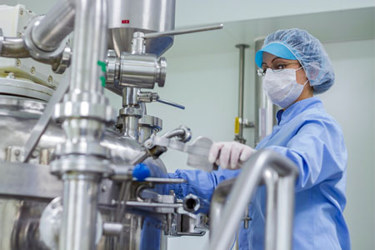Hydrodynamic Shear & Turbulent Flow Considerations For High Productivity Membrane Affinity Chromatography
By Eric Van Voorhees, Hasan Hashemisohi, Ph. D., W.L. Gore and Associates, Inc.; and Neha Saxena, Ph.D., Shunsuke Shiina, Ph.D., Rodrigo Gonzalez, Ph. D., AGC Biologics Inc.

During the manufacturing process, therapeutic antibodies are subjected to various hydrodynamic forces and material contact surfaces, which can affect protein stability and aggregation. As flow rates and component designs scale with batch size, the potential for shear forces and turbulent flow to influence protein quality increases. Membrane-based affinity chromatography devices, known for their short residence time and high productivity, can result in high volumetric flow rates, which may lead to concerns about shear force and the transition to turbulent flow. However, the effects of turbulence on protein stability remain largely under-researched, with some studies suggesting that turbulence itself is not a significant issue due to the relative size of proteins compared to turbulence scales.
More focus has been placed on hydrodynamic shear, which can cause protein fragmentation and aggregation, particularly at high shear rates. Studies show that shear alone is unlikely to degrade proteins unless combined with interfaces, such as air-water or solid-liquid interfaces, where cavitation and other forces may lead to protein denaturation. Research indicates that under typical bioprocessing conditions, proteins remain stable even with high shear rates, although large subvisible particles may form under extreme conditions, such as high shear and long durations at solid-liquid interfaces.
This study aimed to quantify the shear rate, cumulative shear stress, and Reynolds number in high-productivity affinity membrane chromatography systems and compare them to traditional resin bead columns. The goal was to assess the potential impact of shear and interface-induced aggregation on protein quality, elution yields, and column fouling by experimentally purifying a representative CHO cell harvest using both membrane and resin columns at varying scales.
Get unlimited access to:
Enter your credentials below to log in. Not yet a member of Outsourced Pharma? Subscribe today.
